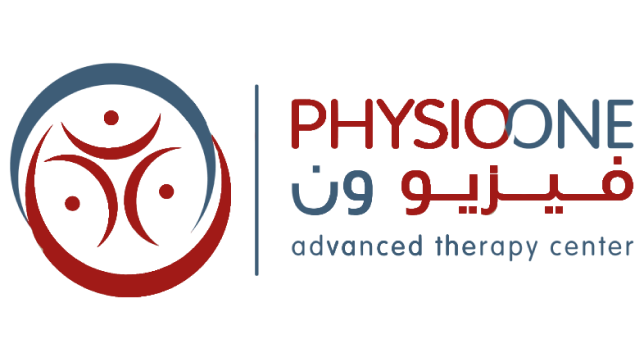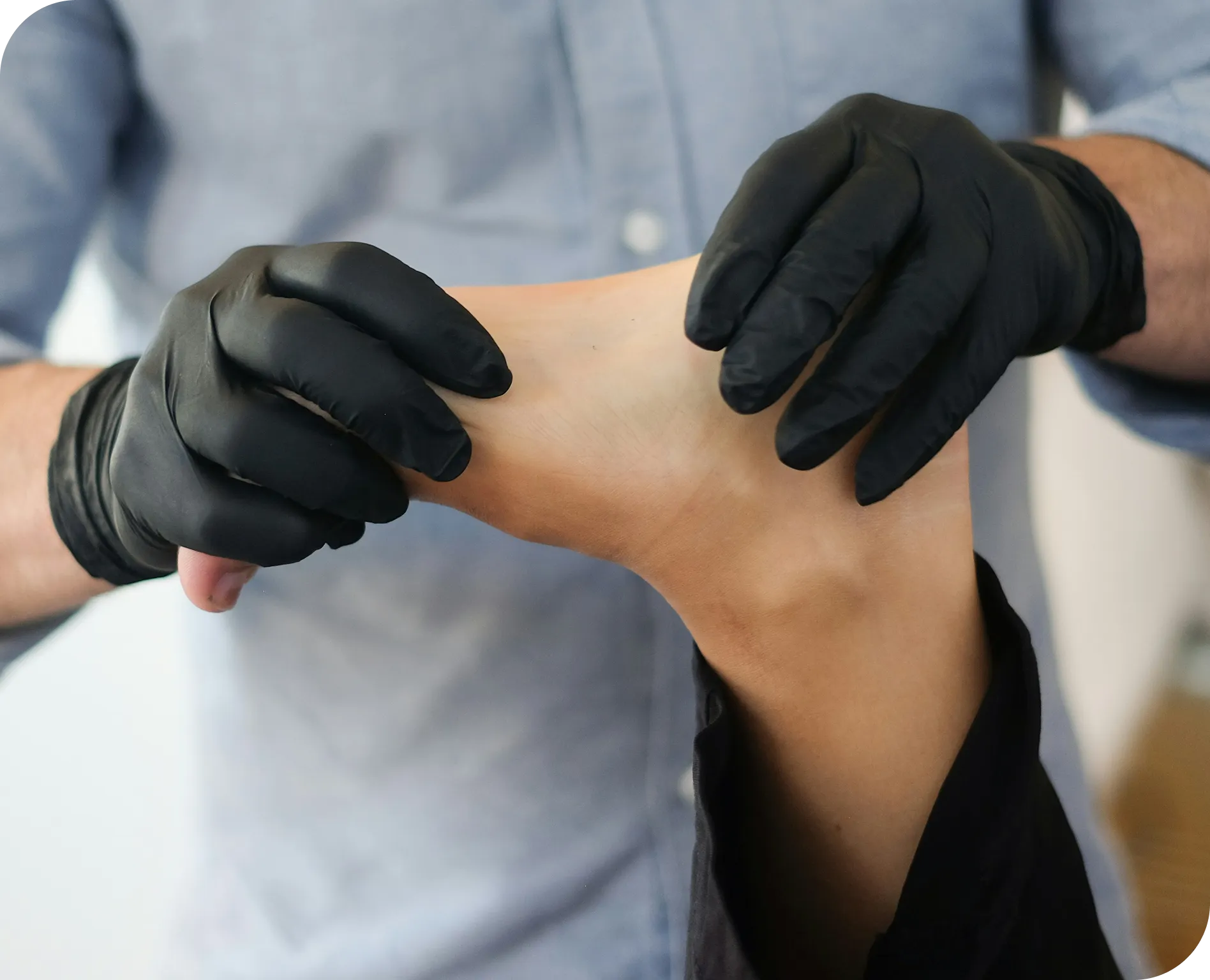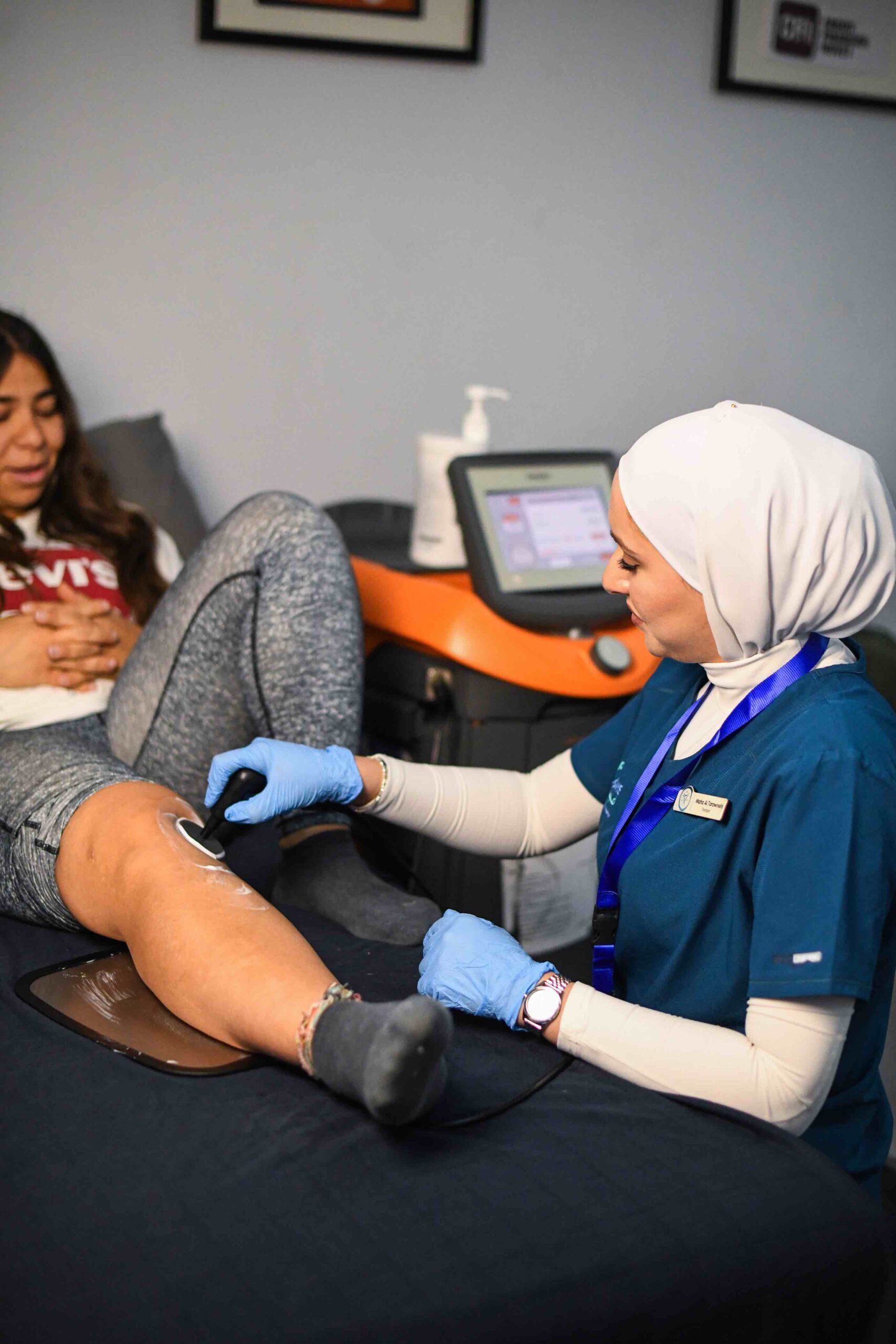
Recovery sessions are an important and necessary stage for athletes after or before practicing aggressive exercises or participating in intense sporting events or tournaments.
These sessions aim to accelerate the body’s recovery, reduce the risk of injury, or activate some previously selected muscles by a specialist to enhance sports performance in general.
During recovery sessions, a set of specialized techniques and procedures are performed that help reduce muscle tension, stimulate blood circulation, and improve muscle and joint flexibility.
Some common recovery techniques include the following:
Stretching exercises: This section helps lengthen tight muscles and improve their flexibility, which enhances, corrects movement, and reduces the risk of injuries.
Therapeutic massage: Therapeutic massage is used to improve blood circulation and relieve tension and spasms in the muscles. Different types of massage can be used, such as deep massage and sports massage, and specific muscles are chosen and focused on, each according to the movement pattern of the athlete’s sport.
Hydrotherapy (Ice and Hot bath): effectively reduces fatigue or muscle strain and improves recovery. This includes cold or hot showers, hydrotherapy by standing in tubs, or direct application of water pressure.
Normatic air compressor: It is a recovery technique that uses dynamic pneumatic compression to enhance circulation, reduce muscle soreness, and speed up recovery by applying rhythmic pressure to targeted areas. It helps flush out metabolic waste, reduce inflammation, and improve oxygen delivery to muscles. Widely used in sports recovery sessions, it aids athletes in maintaining peak performance and minimizing downtime.
Recovery sessions are an important part of the fitness program for athletes, as they help improve the body’s performance and quickly recover after exercise. Athletes are advised to regularly consult a sports recovery specialist to determine the sessions and techniques that suit them based on their sports needs and goals.
In 2022, the Jordanian Basketball Association – FBA a partnership with PhysioOneSport was developed to hold the first pre-season evaluation protocol specifically for basketball national teams based in Amman. And in 2023 the same partnership was developed with Al-Wihdat football club. Before the restart of official competitions, it is imperative to assess the players before they begin the season, as this allows us to find out whether there are any potential injury risks for each of them and what their physical advantages are. However, the most important thing is to decrease the fatal risks associated with heart and lung disorders. It is essential to plan the sports season based on this examination. In line with this, every basketball player has a profile that includes all these tests as well as physical and field information which include:
A) MUSCLUSKELETAL ASSESSMENT: Including assessment of ROM muscle strength, agility, coordination, and gait assessment.
B) FUNCTIONAL ASSESSMENT: Functional assessment varies depending on the type of sport, considering the prevalence of the most common injuries in each sport and the specific movements associated with it. which encompasses a range of specialized services aimed at optimizing athletic performance and recovery, including speed and reaction time training as well as strength and conditioning programs. Speed and reaction time training focuses on exercises that enhance cognitive processing, enabling the brain to produce accurate responses to specific stimuli as quickly as possible. This improves an athlete’s reflexes and decision-making under pressure. Additionally, strength and conditioning programs target the musculoskeletal system to build strength, power, and endurance while preventing injuries and supporting rehabilitation. Together, these services ensure athletes achieve peak performance and recover effectively from physical setbacks.
C) Neurological assessment: Including base line assessment for concussion like SCAT5 assessment and BESS (balance error scoring system).
D) Injury Prevention Department: No matter how protective you are, all kinds of sports have a risk of injury even if the benefits outweigh the risks. That’s why our sports physiotherapists don’t only return you to the field but also may help you to stay away from getting injured. We as a sports team can help athletes become more proactive by identifying body imbalances and risk factors that may predispose them to injury or inhibit their physical performance through full body assessment to finally Introduce a high-quality preventive measure.
A) On the field assessment including emergency, tapping, and icing on the field
B) Strengthening and conditioning department:
Strength and conditioning training help to improve the strength of the musculoskeletal system.
Therefore, it helps prevent injury and with the recovery of an injury in rehabilitation.
Traditionally an athlete progresses from the rehabilitation environment to strength and conditioning.
The approach and methods used by the strength and conditioning coach will be determined by the injury or weakness they are trying to improve, strength, power, speed, endurance, and metabolic capacity.
C) Injury rehabilitation:
Include continuous process of applying therapeutic exercises, tapping and functional training.
D) Return to sport:
The decision of return to play depends on different assessment tests to ensure safe return to sport.
Recovery sessions are an important and necessary stage for athletes after or before practicing aggressive exercises or participating in intense sporting events or tournaments.
These sessions aim to accelerate the body’s recovery, reduce the risk of injury, or activate some previously selected muscles by a specialist to enhance sports performance in general.
During recovery sessions, a set of specialized techniques and procedures are performed that help reduce muscle tension, stimulate blood circulation, and improve muscle and joint flexibility.
Some common recovery techniques include the following:
Stretching exercises: This section helps lengthen tight muscles and improve their flexibility, which enhances, corrects movement, and reduces the risk of injuries.
Therapeutic massage: Therapeutic massage is used to improve blood circulation and relieve tension and spasms in the muscles. Different types of massage can be used, such as deep massage and sports massage, and specific muscles are chosen and focused on, each according to the movement pattern of the athlete’s sport.
Hydrotherapy (Ice and Hot bath): effectively reduces fatigue or muscle strain and improves recovery. This includes cold or hot showers, hydrotherapy by standing in tubs, or direct application of water pressure.
Normatic air compressor: It is a recovery technique that uses dynamic pneumatic compression to enhance circulation, reduce muscle soreness, and speed up recovery by applying rhythmic pressure to targeted areas. It helps flush out metabolic waste, reduce inflammation, and improve oxygen delivery to muscles. Widely used in sports recovery sessions, it aids athletes in maintaining peak performance and minimizing downtime.
Recovery sessions are an important part of the fitness program for athletes, as they help improve the body’s performance and quickly recover after exercise. Athletes are advised to regularly consult a sports recovery specialist to determine the sessions and techniques that suit them based on their sports needs and goals.
In 2022, the Jordanian Basketball Association – FBA a partnership with PhysioOneSport was developed to hold the first pre-season evaluation protocol specifically for basketball national teams based in Amman. And in 2023 the same partnership was developed with Al-Wihdat football club. Before the restart of official competitions, it is imperative to assess the players before they begin the season, as this allows us to find out whether there are any potential injury risks for each of them and what their physical advantages are. However, the most important thing is to decrease the fatal risks associated with heart and lung disorders. It is essential to plan the sports season based on this examination. In line with this, every basketball player has a profile that includes all these tests as well as physical and field information which include:
A) MUSCLUSKELETAL ASSESSMENT: Including assessment of ROM muscle strength, agility, coordination, and gait assessment.
B) FUNCTIONAL ASSESSMENT: Functional assessment varies depending on the type of sport, considering the prevalence of the most common injuries in each sport and the specific movements associated with it. which encompasses a range of specialized services aimed at optimizing athletic performance and recovery, including speed and reaction time training as well as strength and conditioning programs. Speed and reaction time training focuses on exercises that enhance cognitive processing, enabling the brain to produce accurate responses to specific stimuli as quickly as possible. This improves an athlete’s reflexes and decision-making under pressure. Additionally, strength and conditioning programs target the musculoskeletal system to build strength, power, and endurance while preventing injuries and supporting rehabilitation. Together, these services ensure athletes achieve peak performance and recover effectively from physical setbacks.
C) Neurological assessment: Including base line assessment for concussion like SCAT5 assessment and BESS (balance error scoring system).
D) Injury Prevention Department: No matter how protective you are, all kinds of sports have a risk of injury even if the benefits outweigh the risks. That’s why our sports physiotherapists don’t only return you to the field but also may help you to stay away from getting injured. We as a sports team can help athletes become more proactive by identifying body imbalances and risk factors that may predispose them to injury or inhibit their physical performance through full body assessment to finally Introduce a high-quality preventive measure.
A) On the field assessment including emergency, tapping, and icing on the field
B) Strengthening and conditioning department:
Strength and conditioning training help to improve the strength of the musculoskeletal system.
Therefore, it helps prevent injury and with the recovery of an injury in rehabilitation.
Traditionally an athlete progresses from the rehabilitation environment to strength and conditioning.
The approach and methods used by the strength and conditioning coach will be determined by the injury or weakness they are trying to improve, strength, power, speed, endurance, and metabolic capacity.
C) Injury rehabilitation:
Include continuous process of applying therapeutic exercises, tapping and functional training.
D) Return to sport:
The decision of return to play depends on different assessment tests to ensure safe return to sport.



Isokinetic testing and strength training is a highly effective approach utilized in sports rehabilitation and athletic performance enhancement.
This testing method is crucial in evaluating an athlete’s muscular strength, power, and endurance while ensuring a controlled environment.
It involves the use of this specialized equipment, which provides accurate measurements of an athlete’s force output.
Isokinetic strength training utilizes this data to develop tailored training programs that target specific muscle groups and improve overall functional capacity.
By working at a constant speed, athletes can exert their maximum effort throughout the entire range of motion, leading to improved muscle performance and injury prevention.
Isokinetic testing and strength training have proven to be crucial tools in optimizing athletic performance and assisting in the rehabilitation of sports-related injuries.
The 360 VR treadmill revolutionizes the concept of speed training by immersing athletes in a virtual reality environment.
This innovative training tool allows athletes to mimic real-world scenarios, such as running on various terrains or racing against virtual opponents, all while remaining in a controlled and safe setting.
The treadmill’s design enables users to move in any direction, providing a truly immersive and interactive experience.
It not only enhances speed and agility but also aids in developing quick reaction times and mental focus.
The incorporation of VR technology adds an extra dimension to traditional speed training, making it more engaging and motivating.
Athletes can push their limits by challenging themselves in simulated environments that closely resemble their specific sport or competition.
The 360 VR treadmill has become an essential tool for athletes seeking to improve their speed and agility while enjoying an exciting and immersive training experience.
The Biodex treadmill is a state-of-the-art equipment specifically designed for gait training purposes.
It offers a comprehensive and customizable rehabilitation program for individuals with walking difficulties or those recovering from injuries or surgeries.
The treadmill incorporates advanced technology to analyze and assess an individual’s gait pattern, balance, and coordination, providing real-time feedback to both the patient and the therapist.
The adjustable incline feature allows for varying levels of difficulty and helps target specific muscle groups, promoting proper gait mechanics and muscle activation.
With safety features like handrails and a harness system, patients can gradually regain confidence and independence while reducing the risk of falls or injury.
The Biodex treadmill encourages patients to restore their gait patterns, improve their coordination, build muscle strength, and enhance overall mobility in a controlled and supportive environment.
The GAMMA platform is a cutting-edge tool designed to assess weight distribution and body balance in athletes.
It plays a crucial role in the sports rehabilitation department by identifying imbalances and asymmetries, allowing for the development of personalized rehabilitation programs.
By providing accurate data, the platform helps improve posture, stability, and overall recovery efficiency.